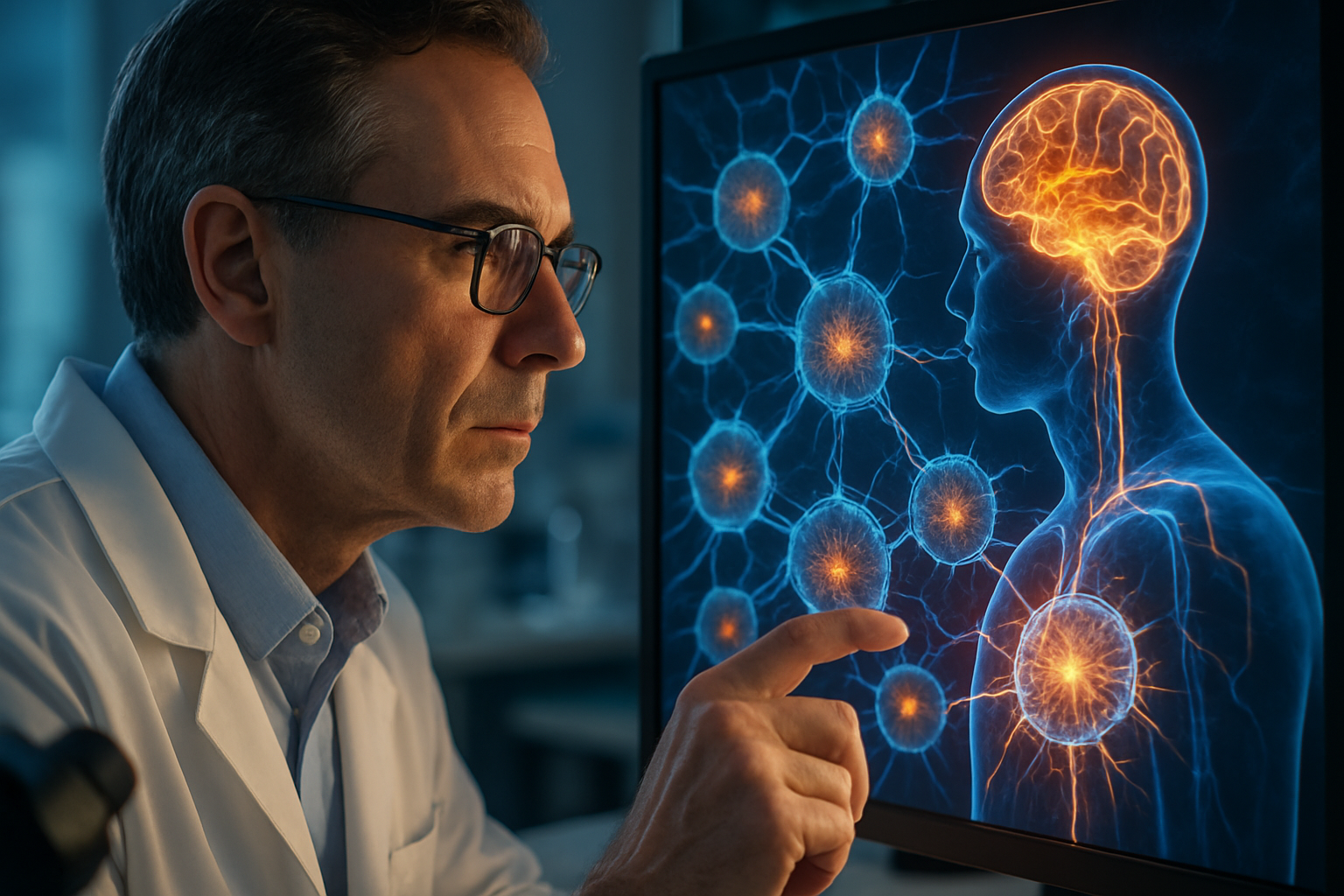Bioelectric Medicine: The Future of Healing
Imagine a world where chronic pain, autoimmune diseases, and even depression could be treated without drugs or invasive surgeries. This isn't science fiction—it's the promising frontier of bioelectric medicine. But what exactly is this cutting-edge field, and how might it revolutionize healthcare as we know it?

The Science Behind Bioelectric Medicine
At its core, bioelectric medicine is based on the understanding that our bodies are not just chemical systems, but electrical ones as well. Every cell in our body maintains an electrical charge, and these charges play a crucial role in cellular communication and function. By manipulating these electrical signals, researchers believe we can influence various physiological processes and potentially treat a wide range of diseases.
The field draws on centuries of scientific discovery, from Luigi Galvani’s experiments with frog legs in the 18th century to modern-day neurostimulation techniques. However, recent advances in bioengineering and our understanding of the nervous system have catalyzed a new wave of bioelectric therapies.
Promising Applications in Healthcare
Bioelectric medicine shows potential in treating numerous conditions, often with fewer side effects than traditional pharmacological approaches. Some of the most promising applications include:
Inflammatory Disorders
Researchers have found that stimulating the vagus nerve can significantly reduce inflammation in conditions like rheumatoid arthritis and Crohn’s disease. This approach, known as bioelectronic therapy, works by activating the body’s natural anti-inflammatory pathways.
Chronic Pain Management
Spinal cord stimulation and peripheral nerve stimulation are bioelectric techniques already in use for chronic pain management. These methods work by interrupting pain signals before they reach the brain, offering relief without the risk of addiction associated with opioid medications.
Neurological Disorders
Bioelectric interventions show promise in treating neurological conditions such as Parkinson’s disease, epilepsy, and depression. Deep brain stimulation, for instance, has been used to alleviate symptoms in Parkinson’s patients by modulating abnormal neural activity.
Regenerative Medicine
Perhaps one of the most exciting frontiers in bioelectric medicine is its potential in regenerative therapies. Studies have shown that precise electrical stimulation can promote tissue regeneration, potentially accelerating wound healing and even regrowing damaged organs.
Challenges and Future Directions
While the potential of bioelectric medicine is immense, the field faces several challenges. Developing precise, targeted interventions that can selectively influence specific neural pathways without affecting others is a significant hurdle. Additionally, creating long-lasting, biocompatible devices that can safely interface with the body’s tissues presents both engineering and biological challenges.
Despite these obstacles, ongoing research and technological advancements are rapidly expanding the possibilities of bioelectric medicine. Miniaturization of devices, improvements in battery technology, and the integration of artificial intelligence for personalized treatment protocols are just a few areas of active development.
Ethical Considerations
As with any emerging medical technology, bioelectric medicine raises important ethical questions. The ability to directly influence brain function through electrical stimulation, for instance, brings up concerns about personal autonomy and the potential for misuse. Ensuring equitable access to these therapies and protecting patient privacy in an era of increasingly connected medical devices are also critical considerations as the field advances.
Electrifying Facts About Bioelectric Medicine
-
The human body generates about 100 watts of power at rest, enough to power a light bulb
-
Bioelectric signals play a crucial role in embryonic development, guiding the formation of organs and limbs
-
Some animals, like electric eels, have evolved specialized organs to generate powerful electric fields for hunting and self-defense
-
Researchers are exploring the use of bioelectric techniques to treat cancer by disrupting the electrical properties of tumor cells
-
The first modern pacemaker, a pioneering bioelectric device, was implanted in 1958 and ran for only 3 hours
As we stand on the brink of a new era in medicine, bioelectric therapies offer a glimpse into a future where healing comes from within, guided by the body’s own electrical language. While challenges remain, the potential to revolutionize treatment for millions of patients makes bioelectric medicine one of the most exciting frontiers in healthcare today. As research progresses and new applications emerge, we may soon see a fundamental shift in how we approach healing, moving from chemical interventions to precise, personalized electrical therapies that work in harmony with our body’s natural processes.





